While these creatures might not win any beauty contests, their appearances are matched by their formidable temperaments. Here are 13 animals whose looks are as intimidating as their aggressive behaviors.
1. Naked Mole Rat
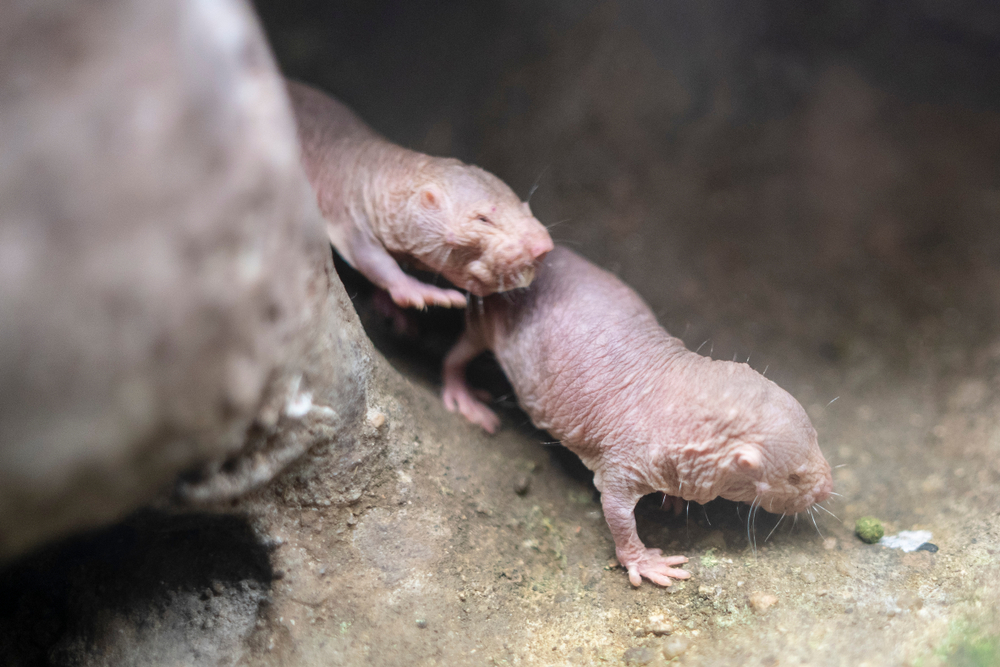
With their wrinkled, hairless bodies and protruding teeth, naked mole rats aren’t winning any beauty pageants. These subterranean rodents live in highly organized colonies with a strict hierarchy. Worker mole rats can be aggressive, especially when defending their tunnels from intruders. They use their sharp incisors not only for digging but also as formidable weapons against predators or rival colonies. Their cooperative yet defensive nature ensures the survival of their unique eusocial structure.
2. Proboscis Monkey
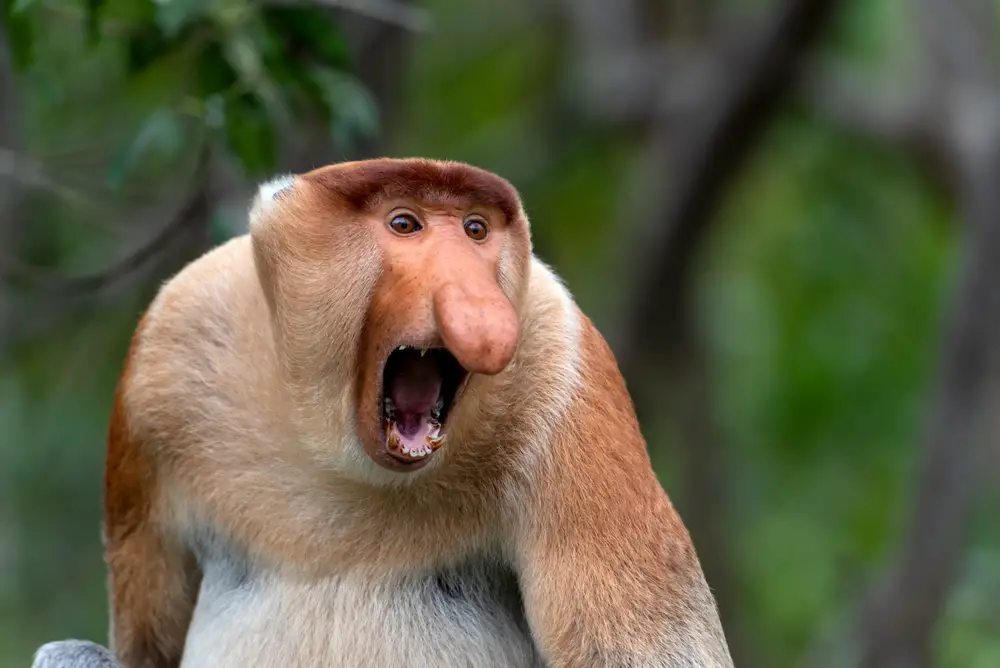
The proboscis monkey, with its large, pendulous nose, may appear comical at first glance. However, males can be fiercely territorial and protective of their groups. They use loud honking calls, amplified by their noses, to assert dominance and ward off rivals. Native to Borneo’s rainforests, these primates are strong swimmers, often using rivers to escape predators or confront threats. Their aggressive displays ensure the safety and cohesion of their troops.
3. Aye-Aye
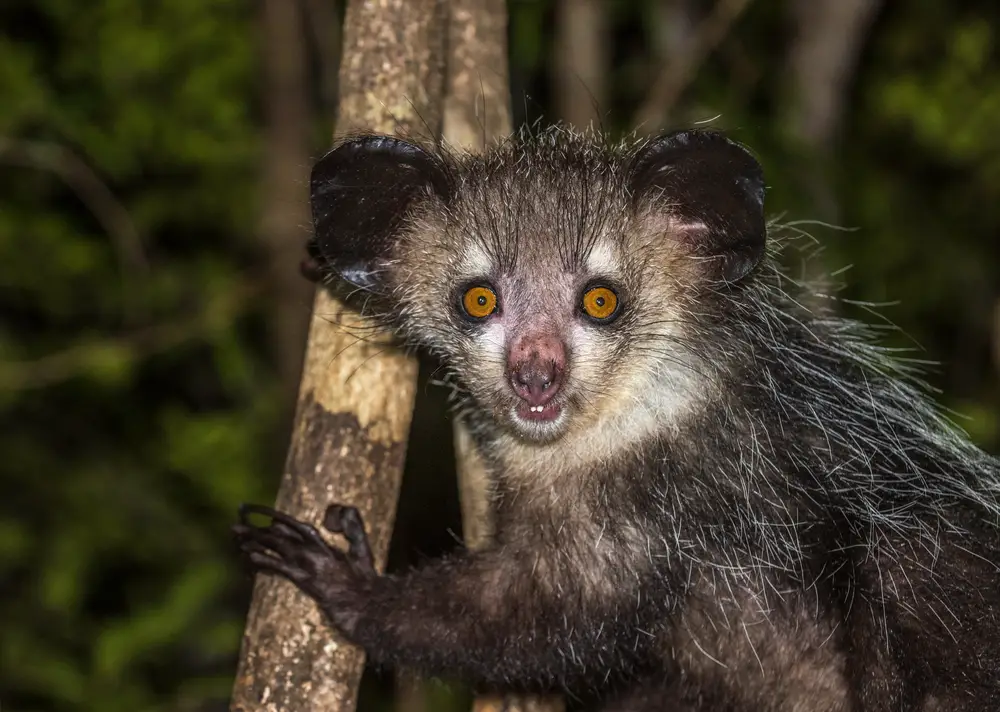
The aye-aye, a nocturnal lemur from Madagascar, is known for its eerie appearance, featuring large eyes and an elongated middle finger. Despite local superstitions labeling them as harbingers of evil, aye-ayes are generally harmless to humans. However, when threatened, they can become aggressive, using their sharp teeth to defend themselves. Their unique foraging method, tapping on trees to locate insects, showcases their adaptability and resourcefulness. Protecting their territory and young, aye-ayes exhibit a fierce side when necessary.
4. Star-Nosed Mole
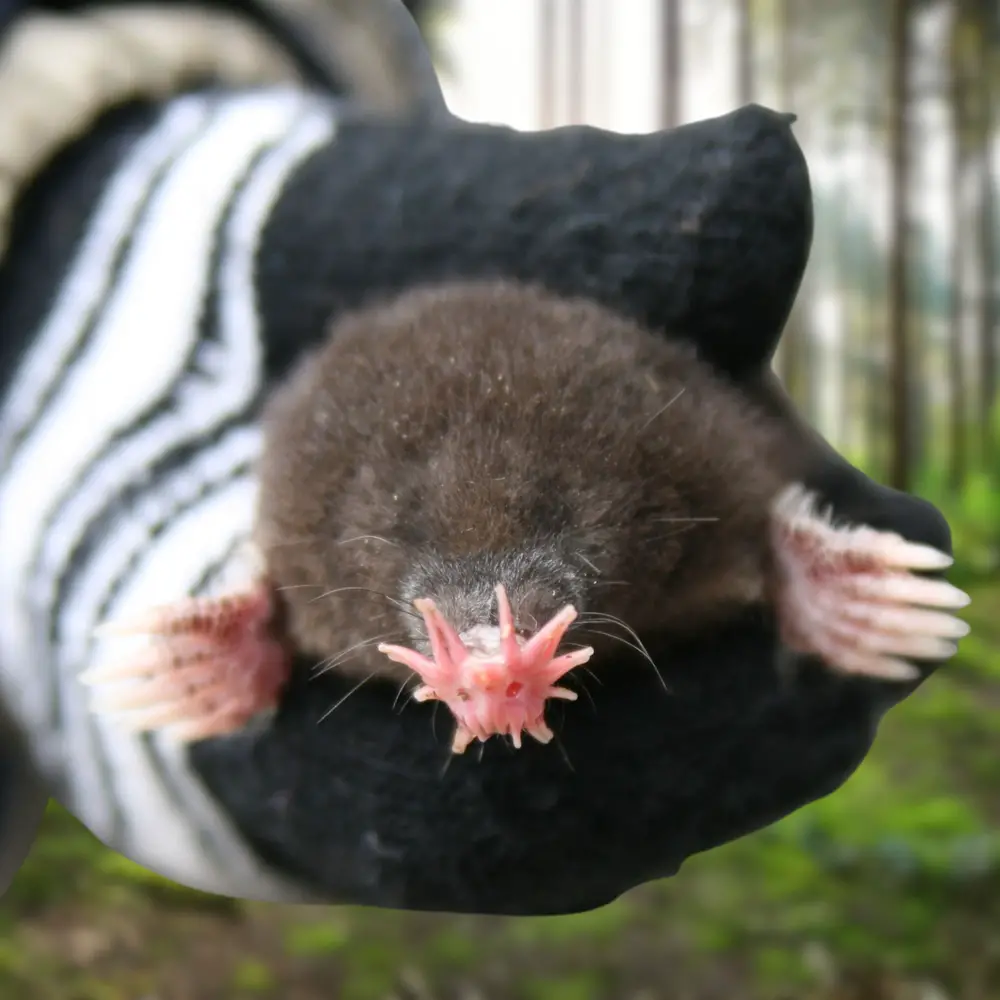
The star-nosed mole, identifiable by its star-shaped nasal appendages, is a proficient hunter despite its unusual appearance. These sensory organs allow it to detect prey with remarkable speed. When capturing food, they exhibit aggressive feeding behaviors, consuming small invertebrates, worms, and aquatic insects rapidly. Their aggression is primarily directed toward prey, ensuring they maximize their caloric intake in their wetland habitats. Their unique adaptations make them one of the fastest foragers in the animal kingdom.
5. Warthog
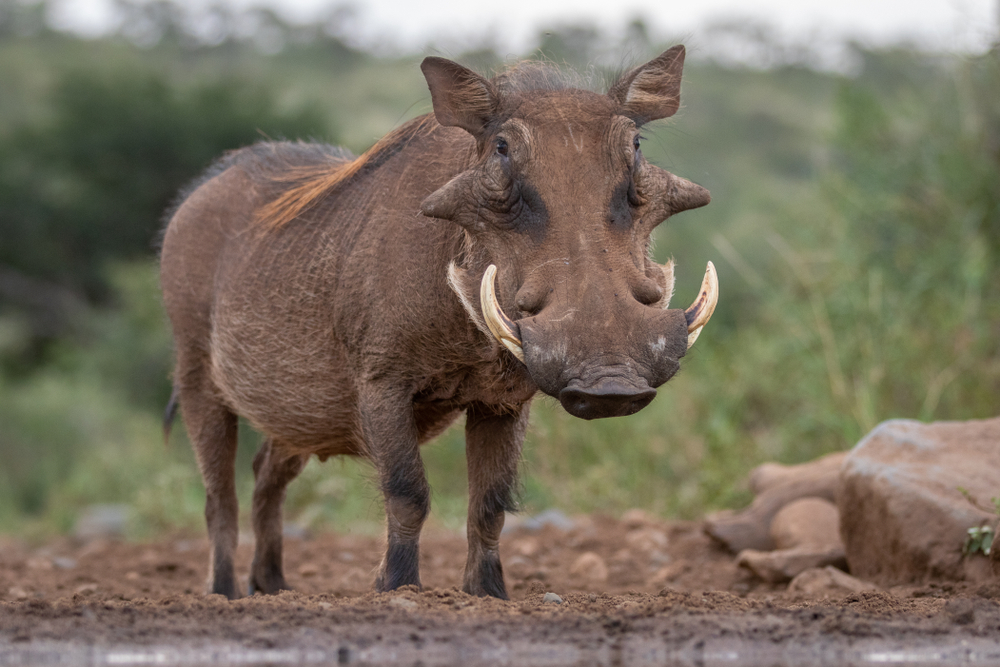
Warthogs, with their tusked faces and coarse hair, may not be the most aesthetically pleasing animals. However, they are known for their tenacity and can be quite aggressive when threatened. Using their sharp tusks, they can inflict serious injuries on predators like lions or hyenas. When cornered, warthogs will charge at attackers, displaying surprising speed and agility. Their fierce nature and physical defenses make them formidable opponents in the wild.
6. Marabou Stork
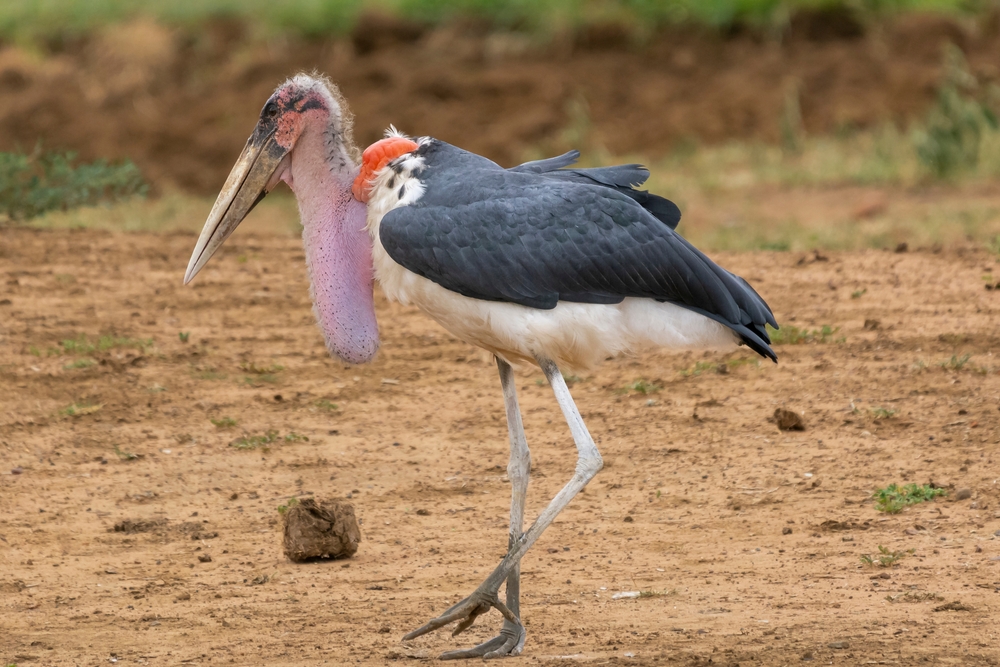
The marabou stork, often dubbed the “undertaker bird” due to its appearance, is both scavenger and predator. Standing tall with a bald head and large bill, it feeds on carrion but won’t hesitate to hunt live prey, including small mammals and birds. In feeding frenzies, marabou storks can become aggressive, using their size and sharp bills to dominate feeding sites. Their assertiveness ensures they get their share of food in competitive environments. Despite their ungainly look, they play a crucial role in their ecosystem by controlling waste and disease.
7. Monkfish
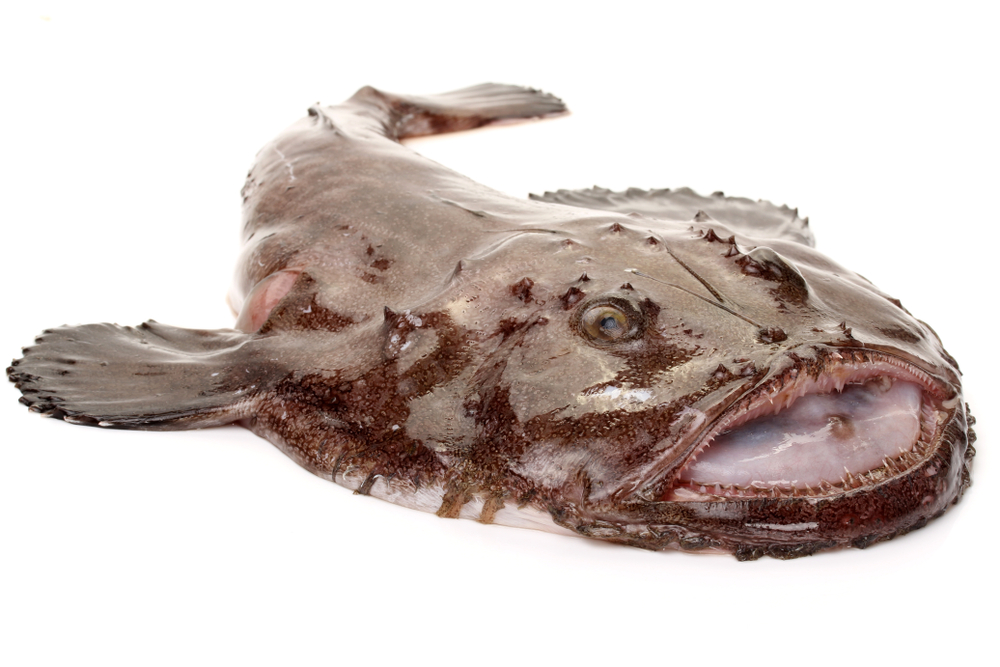
Monkfish, often referred to as “sea devils,” possess a grotesque appearance with large heads and wide mouths filled with sharp teeth. Lurking on the ocean floor, they are ambush predators, using a modified spine as a lure to attract unsuspecting prey. When prey comes close, monkfish strike with lightning speed, showcasing their aggressive hunting strategy. Their voracious appetite and effective predation techniques make them formidable hunters of the deep. Despite their looks, monkfish are considered a delicacy in culinary circles.
8. Turkey Vulture
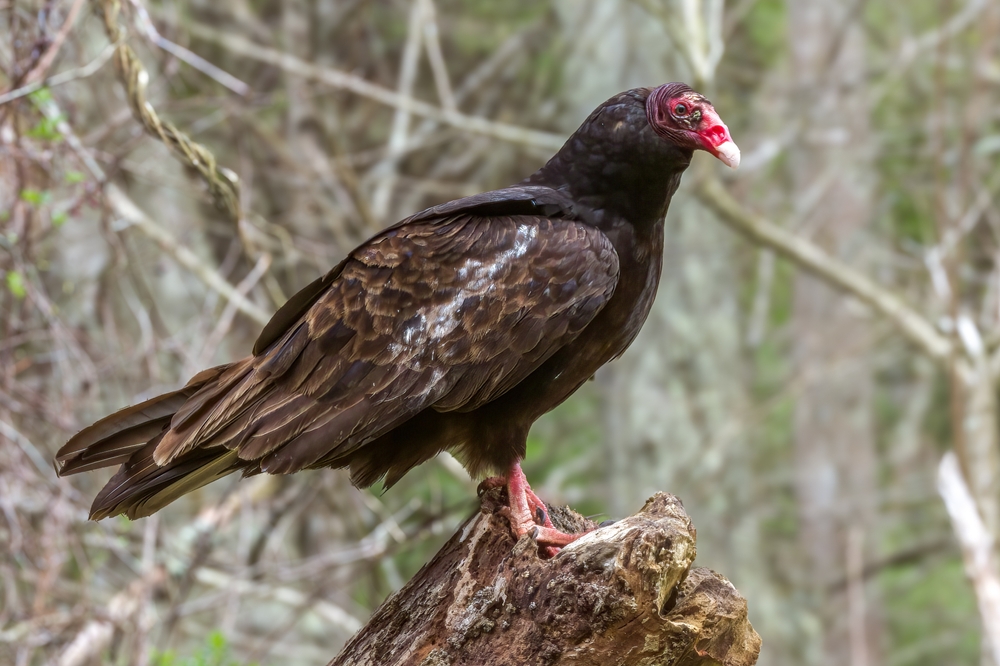
Turkey vultures, with their bald red heads and dark plumage, are often associated with death due to their scavenging habits. While generally passive, they have a unique defense mechanism: when threatened, they can regurgitate semi-digested food, which is both foul-smelling and can deter predators. This act also lightens them for a quicker escape. Their keen sense of smell allows them to locate carrion from great distances, playing a vital role in the ecosystem by disposing of dead animals. Their appearance might be off-putting, but their ecological contributions are invaluable.
9. Chinese Crested Dog
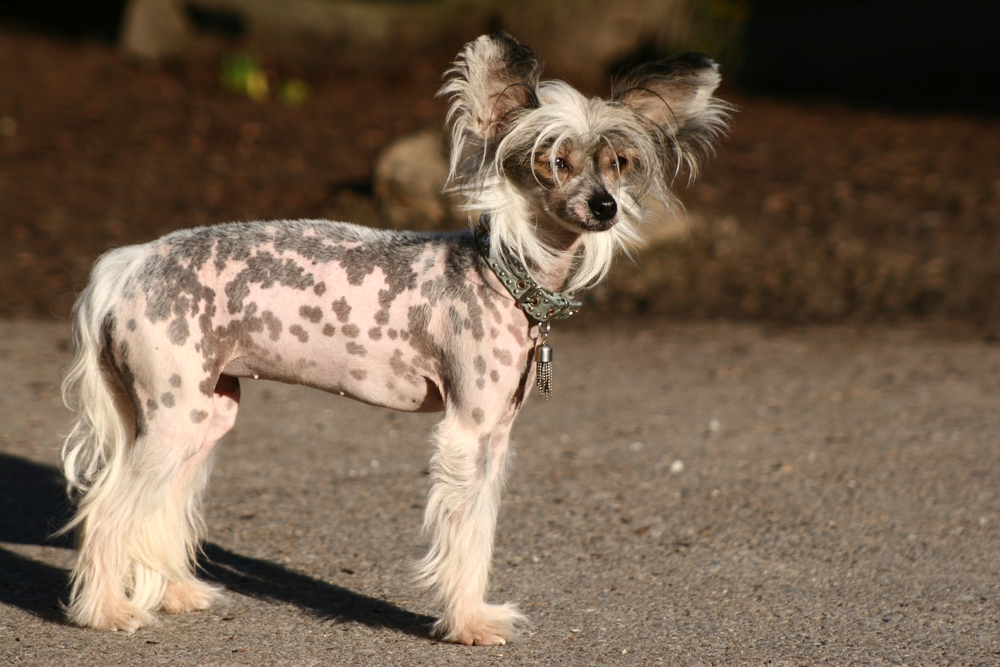
The Chinese Crested Dog, with its mostly hairless body and tufts of fur on its head and feet, has an unconventional appearance. Despite their delicate look, they can be quite spirited and, if not properly socialized, may exhibit aggressive behaviors toward strangers or other animals. Early training and socialization are crucial to ensure they develop a friendly demeanor. Their alertness and loyalty make them excellent companion animals when properly cared for. Their unique appearance has made them popular in various dog shows and competitions.
10. Anglerfish
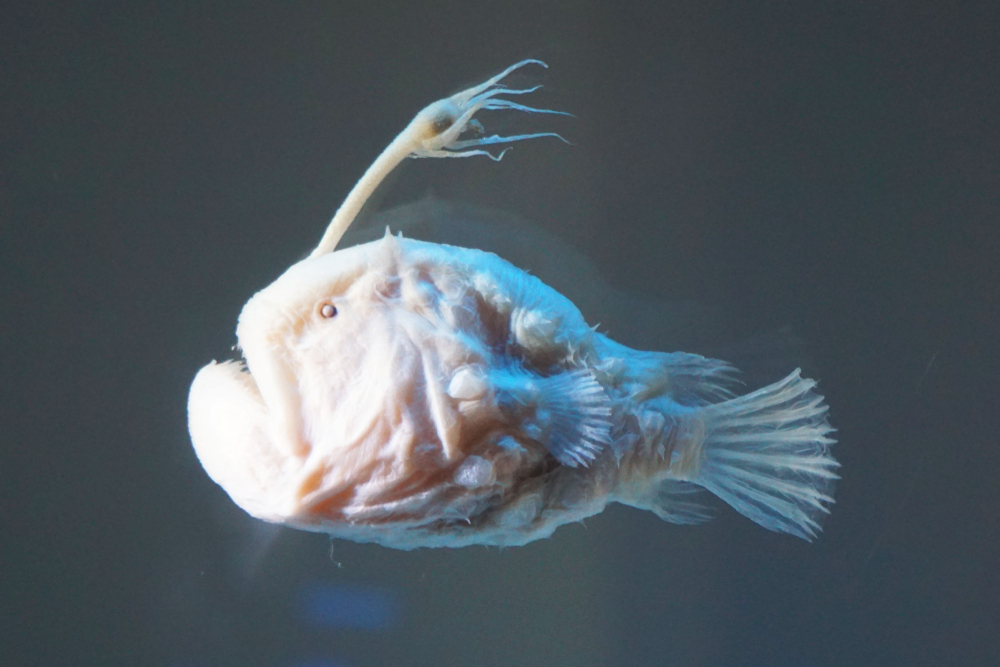
The anglerfish, with its gaping maw and needle-like teeth, is a true terror of the deep sea. Its bioluminescent lure, dangling from its head, attracts unsuspecting prey in the pitch-black ocean depths. Once within reach, the anglerfish snaps its powerful jaws, swallowing victims whole. This predatory efficiency, combined with its nightmarish appearance, makes the anglerfish a formidable hunter in its dark habitat.
11. Matamata Turtle
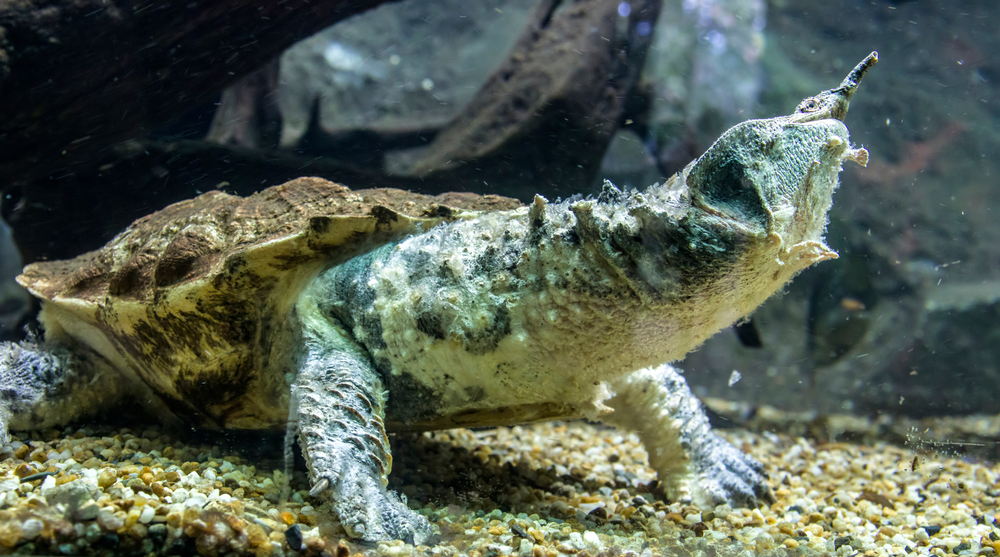
The matamata turtle, with its rough, leaf-like shell and fringed head, is a master of disguise in South America’s slow-moving streams. Its peculiar appearance allows it to blend seamlessly with submerged vegetation, lying in ambush for passing prey. When a fish comes close, the matamata uses a rapid suction feeding technique, engulfing its meal in an instant. This combination of camouflage and swift predation makes the matamata both bizarre and deadly.
12. Babirusa
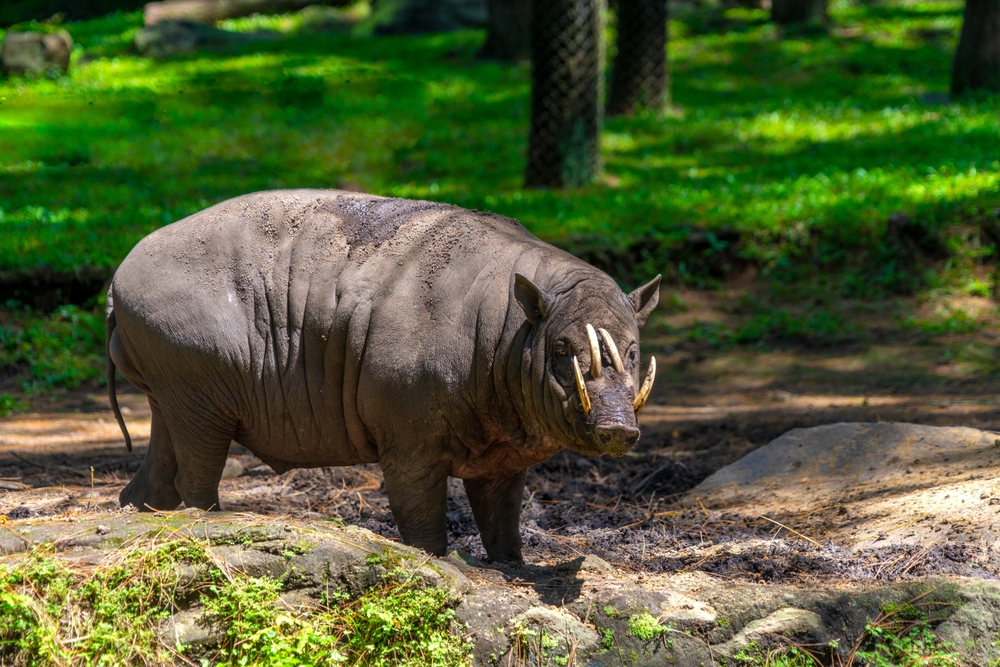
The babirusa, native to Indonesian islands, is easily recognized by its upward-curving tusks that pierce through its snout and arch back toward its forehead. These tusks, especially prominent in males, are used in dominance displays and combat during mating season. Despite their seemingly cumbersome nature, the babirusa’s tusks are effective tools in warding off rivals and predators. Its aggressive behavior during such encounters underscores the babirusa’s fierce disposition.
13. Shoebill Stork
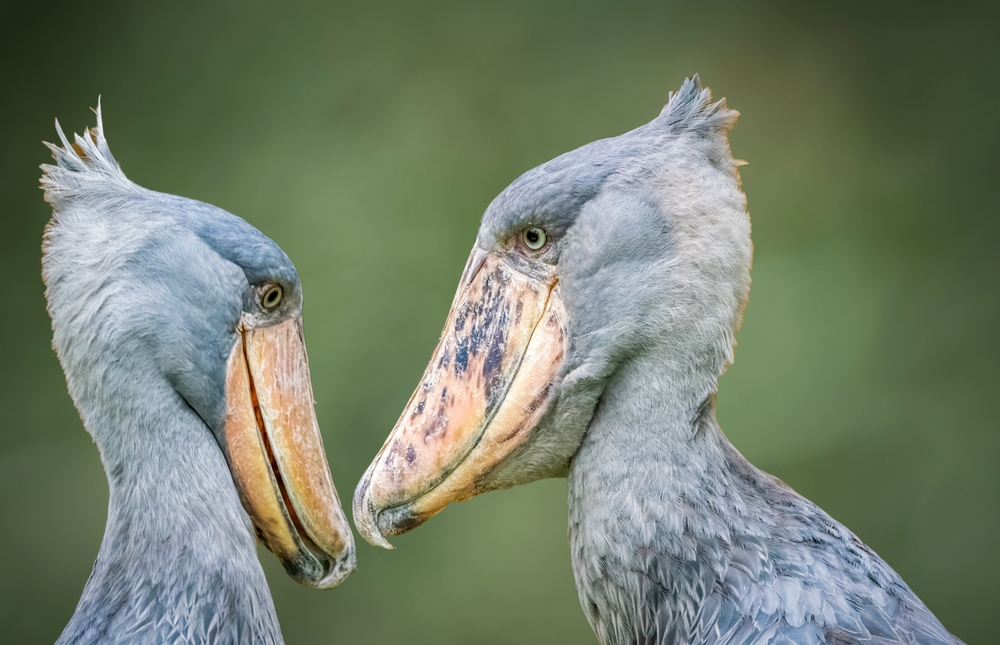
The shoebill stork, standing tall in the swamps of East Africa, is distinguished by its massive, shoe-shaped bill and piercing gaze. This formidable beak is perfectly adapted for catching sizable prey, including lungfish and even young crocodiles. The shoebill’s hunting technique involves standing motionless for long periods before delivering a lightning-fast strike. Its intimidating presence and efficient predation make the shoebill a respected apex predator in its habitat.
